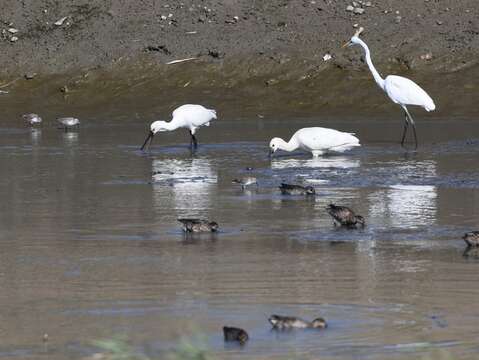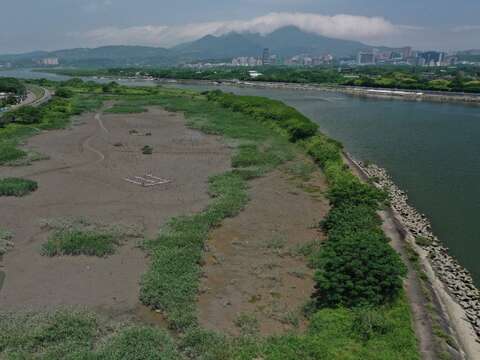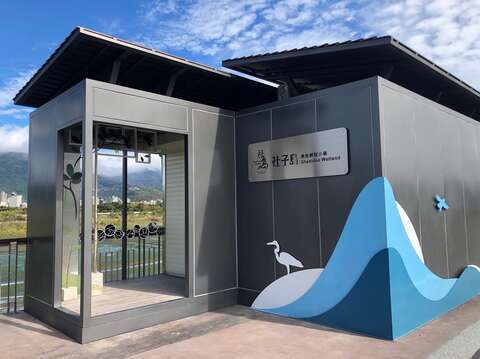Post date:2024-01-30
Updates:2024-01-30
587
The Shezi Island Wetland, which is not that far away at all, has become exceptionally vibrant due to the enriched diversity of habitats after the completion of habitat improvement projects. Recently, its bird population has been thriving, with the number of Eurasian teal, a member of the Anatidae family and a key migratory bird species in northern Taiwan during the wintering season, reaching over 200 counted! Various other species such as the grey-headed lapwing, pond herons, dunlins, little ringed plovers, and common snipes have also been making appearances. Even the endangered black-faced spoonbill and Eurasian spoonbill have been spotted, making the birdwatching experience truly delightful and exciting!
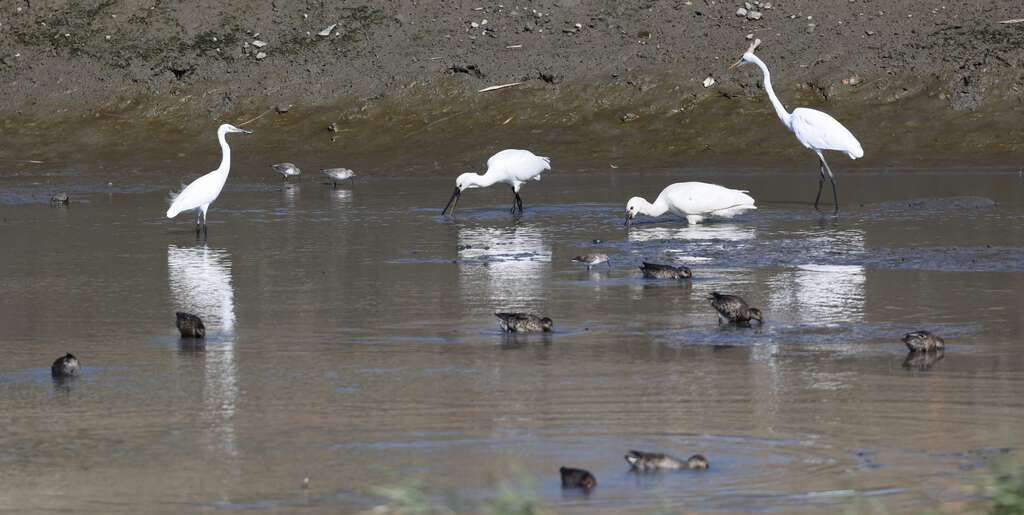
According to the Taipei Hydraulic Engineering Office (Taipei HEO), based on long-term monitoring data and assessments, habitat improvement projects are conducted between June and August when the ecological impact on migratory birds is minimal. These projects not only involve lowering the elevation of the Shezi Island Wetland but also creating diverse habitats, including land islands, tidal pools, and tidal channels. After the completion of the projects in early September, the water storage conditions during the ebb phase have significantly improved. This enhancement has welcomed a variety of migratory birds, marking the arrival of numerous avian visitors from afar.
The Ecological Station of the River Administration Section noted that a rare migratory bird, the grey-headed lapwing, took the lead, followed by wintering pond herons, Eurasian teal, northern shoveler, and various waders all making appearances. By mid-November, Class I, II, and protected black-faced spoonbills and Eurasian spoonbills had flown to Shezi Island. For several consecutive days, they were observed foraging and inhabiting the wetlands. The number of wintering Eurasian teal has also surged to over 200, indicating that well-planned habitat projects have positive effects on the management and conservation of artificial wetlands.
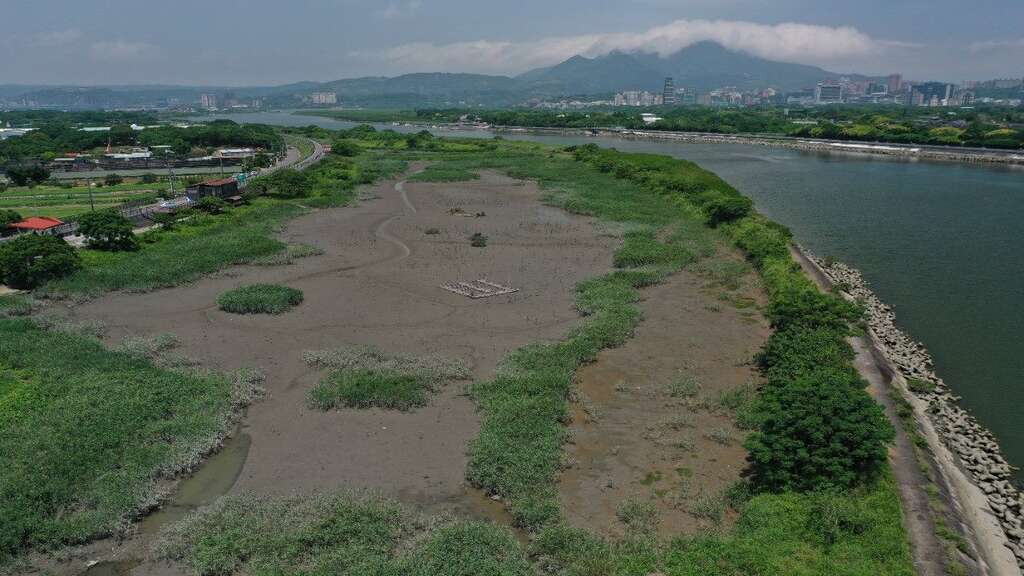
The River Administration Section further pointed out that the Shezi Island artificial wetland has become an excellent site for the public to understand wetland ecology. However, in recent years, the large amount of sediment brought by the Keelung River has led to continuous siltation and land accumulation. During the ebb phase, the wetland's water retention rate has decreased. Additionally, the continuous expansion of Kandelia obovata, reeds, and sedge grass has severely compressed the nesting spaces for waterfowl. Therefore, the Taipei HEO has conducted habitat improvement projects between June and August this year to address these issues.
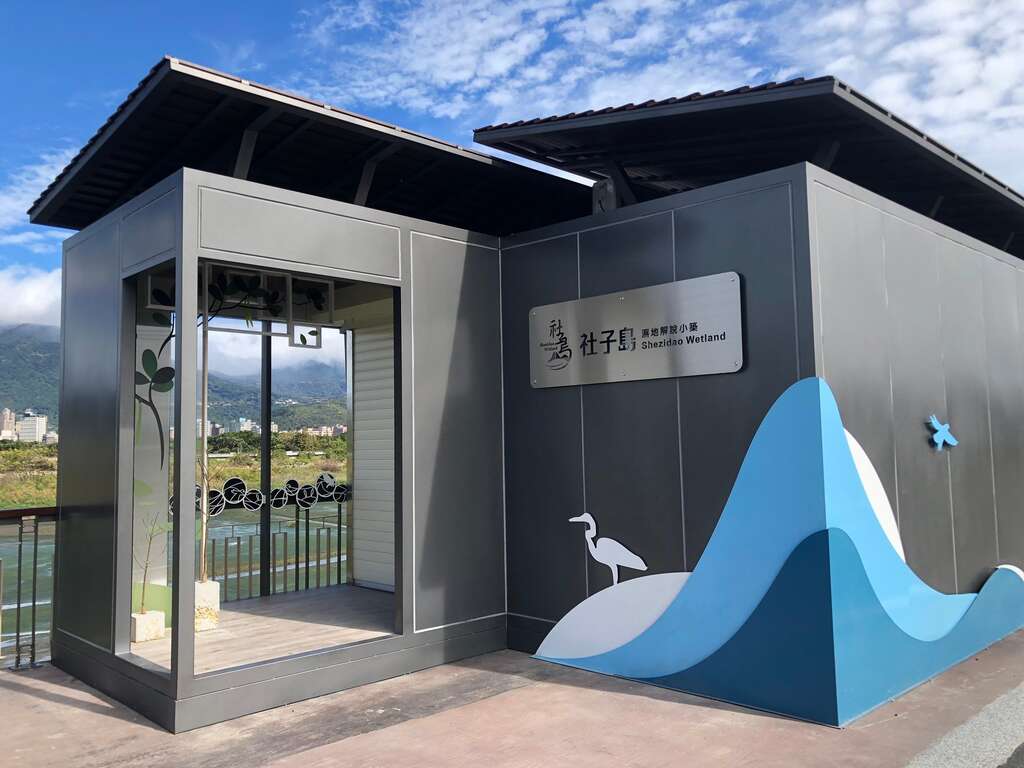
The northeasterly monsoon is ushering in refreshing waves of coolness to Taipei, enticing numerous migratory birds accustomed to higher latitudes. Riding on the monsoon winds, they arrive in the relatively warmer Taiwan, commencing their nearly six-month-long "winter break." Presently, a considerable number of migratory birds have been spotted at the Shezi Island Wetland. Citizens are invited to visit the Shezi Island Interpretation Pavilion during weekends and holidays. With the aid of high-powered telescopes and insightful explanations from volunteers, visitors can explore the rich wetland ecology of Shezi Island in depth.
Location of the Shezi Island Interpretation Pavilion – Google Maps

According to the Taipei Hydraulic Engineering Office (Taipei HEO), based on long-term monitoring data and assessments, habitat improvement projects are conducted between June and August when the ecological impact on migratory birds is minimal. These projects not only involve lowering the elevation of the Shezi Island Wetland but also creating diverse habitats, including land islands, tidal pools, and tidal channels. After the completion of the projects in early September, the water storage conditions during the ebb phase have significantly improved. This enhancement has welcomed a variety of migratory birds, marking the arrival of numerous avian visitors from afar.
The Ecological Station of the River Administration Section noted that a rare migratory bird, the grey-headed lapwing, took the lead, followed by wintering pond herons, Eurasian teal, northern shoveler, and various waders all making appearances. By mid-November, Class I, II, and protected black-faced spoonbills and Eurasian spoonbills had flown to Shezi Island. For several consecutive days, they were observed foraging and inhabiting the wetlands. The number of wintering Eurasian teal has also surged to over 200, indicating that well-planned habitat projects have positive effects on the management and conservation of artificial wetlands.

The River Administration Section further pointed out that the Shezi Island artificial wetland has become an excellent site for the public to understand wetland ecology. However, in recent years, the large amount of sediment brought by the Keelung River has led to continuous siltation and land accumulation. During the ebb phase, the wetland's water retention rate has decreased. Additionally, the continuous expansion of Kandelia obovata, reeds, and sedge grass has severely compressed the nesting spaces for waterfowl. Therefore, the Taipei HEO has conducted habitat improvement projects between June and August this year to address these issues.

The northeasterly monsoon is ushering in refreshing waves of coolness to Taipei, enticing numerous migratory birds accustomed to higher latitudes. Riding on the monsoon winds, they arrive in the relatively warmer Taiwan, commencing their nearly six-month-long "winter break." Presently, a considerable number of migratory birds have been spotted at the Shezi Island Wetland. Citizens are invited to visit the Shezi Island Interpretation Pavilion during weekends and holidays. With the aid of high-powered telescopes and insightful explanations from volunteers, visitors can explore the rich wetland ecology of Shezi Island in depth.
Location of the Shezi Island Interpretation Pavilion – Google Maps
 The Winter Bird Migration Season Unfolds in Splendor – Shezi Island Wetland Emerges as an Exceptional Bird Observation Site.
The Winter Bird Migration Season Unfolds in Splendor – Shezi Island Wetland Emerges as an Exceptional Bird Observation Site.